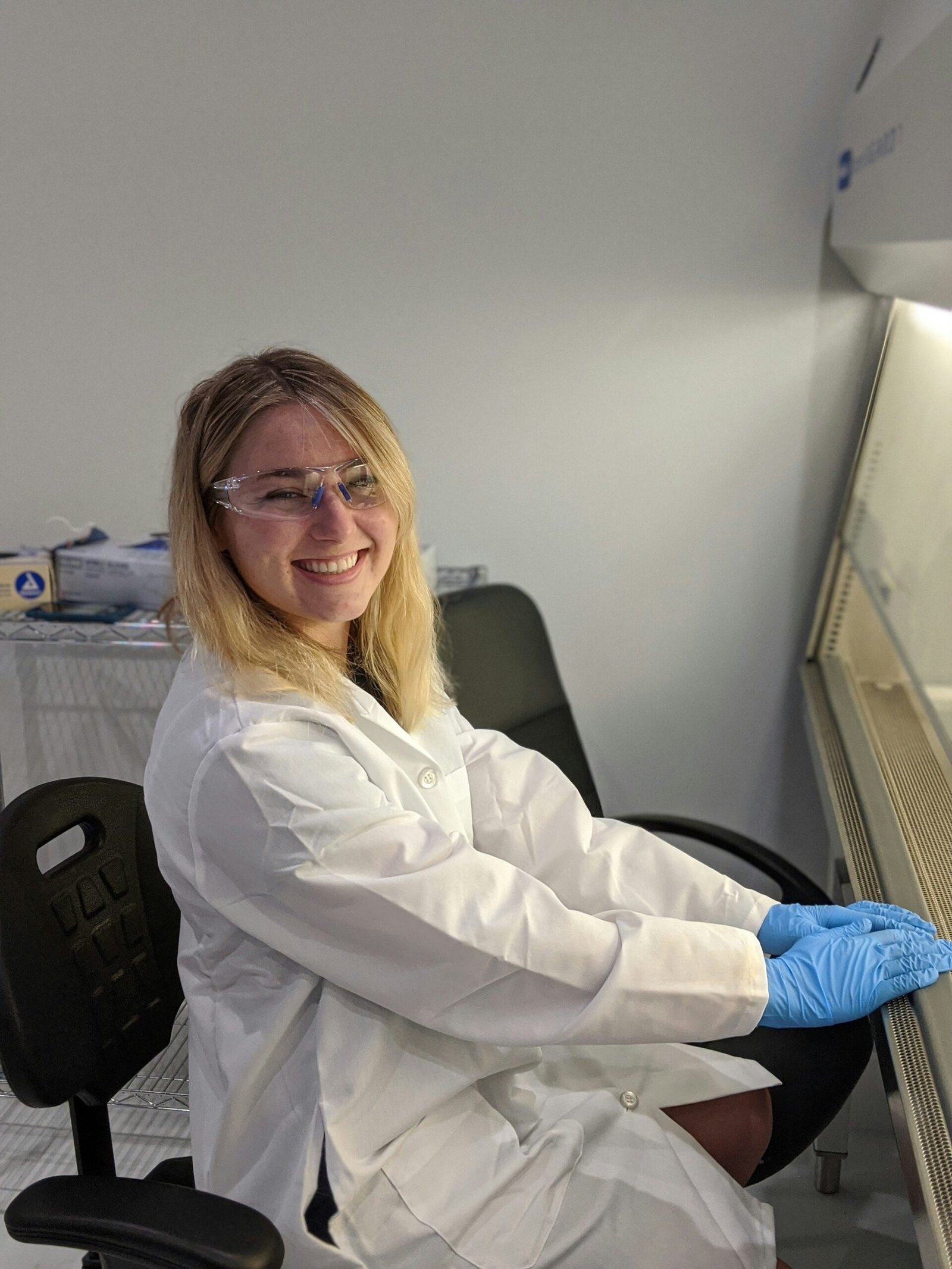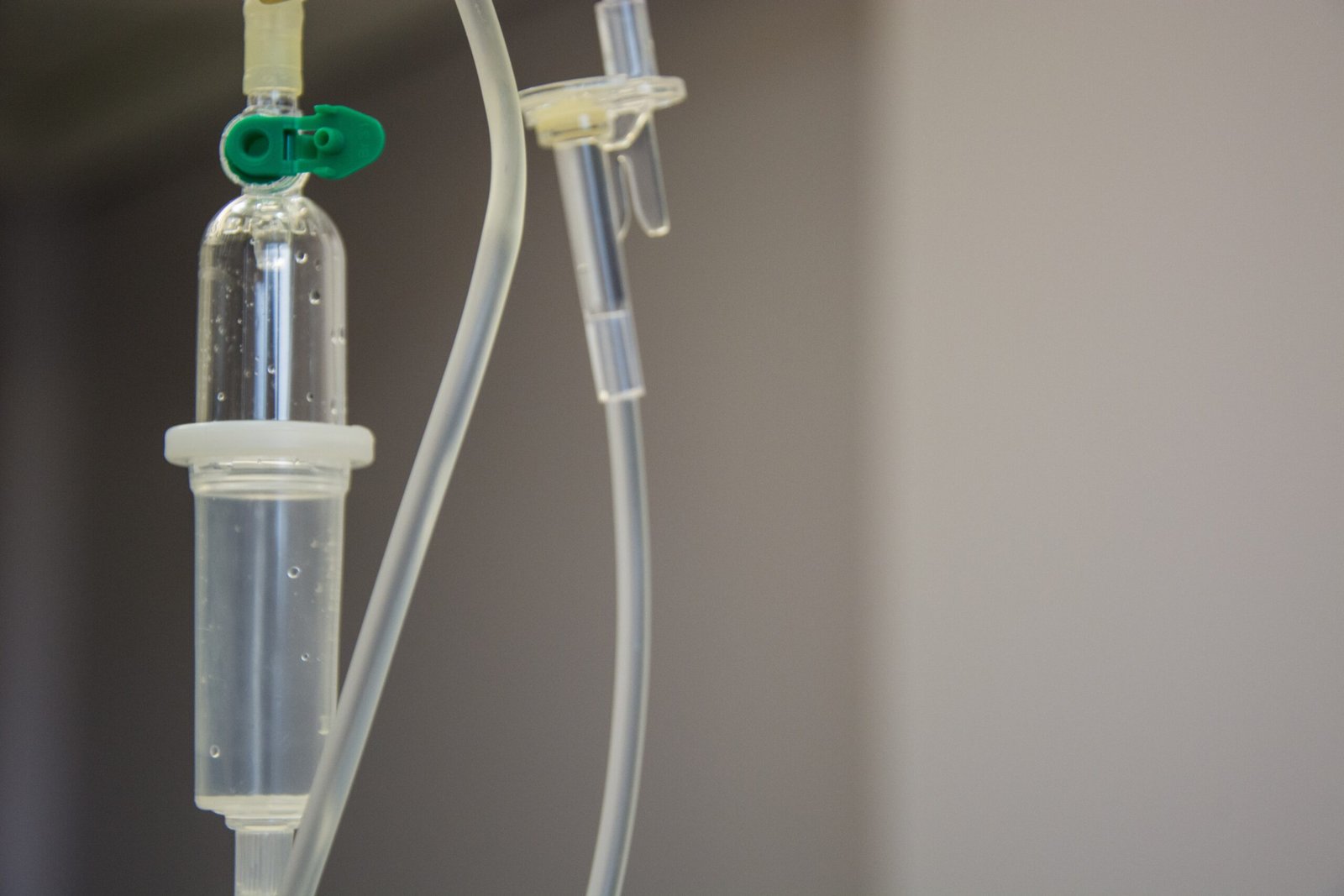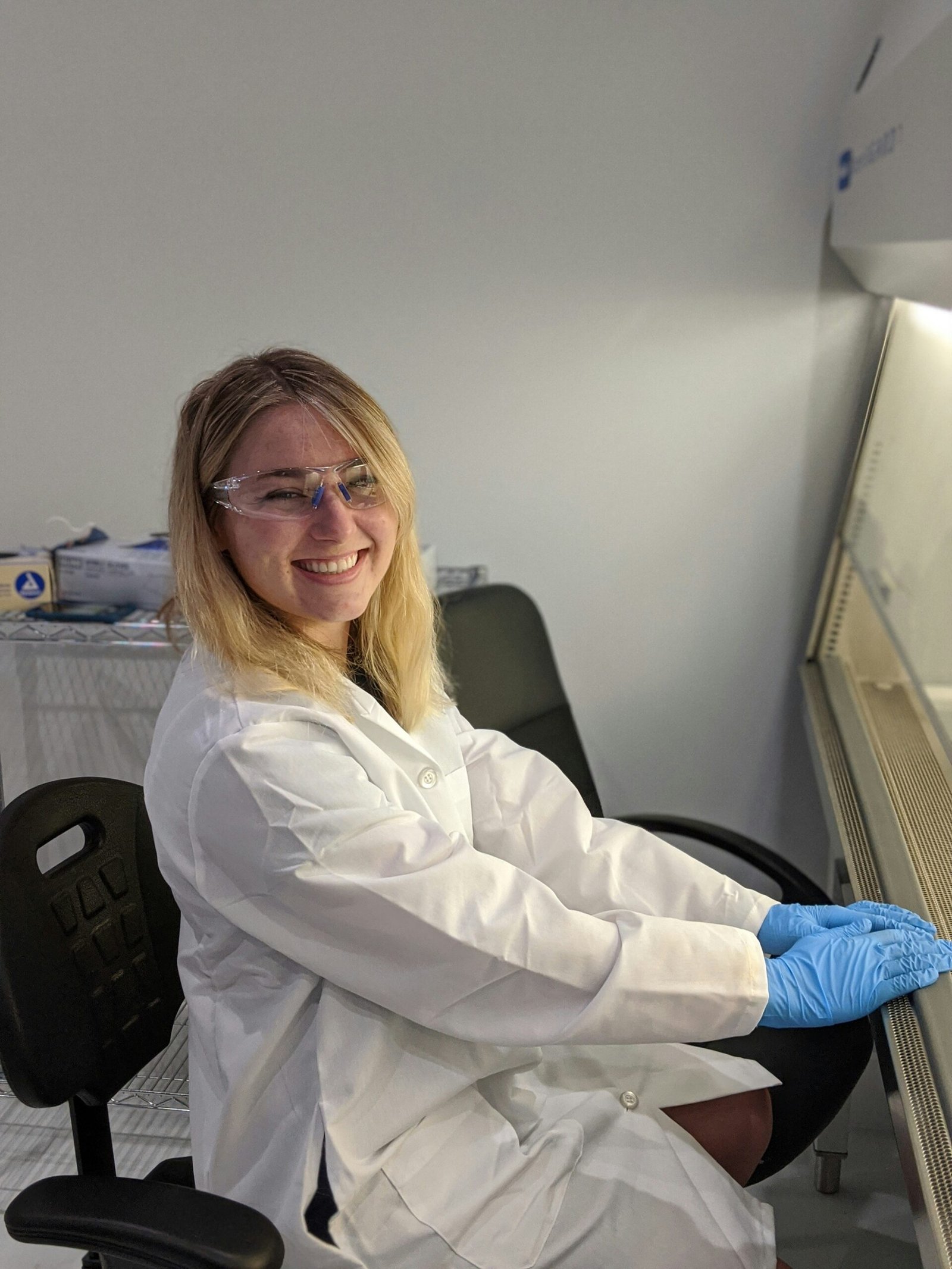Are you experiencing the excruciating pain of an acute gout attack? If so, you're probably desperate for relief. Look no further – in this article, we will explore the various treatment options available to you. From medication to lifestyle changes, understanding the different avenues for managing acute gout attacks will not only provide you with much-needed comfort but also help prevent future flare-ups. So let's dive into the world of gout treatment together and find the solution that works best for you.

Understanding Gout
Gout is a form of arthritis that affects millions of people worldwide. It is characterized by sudden and severe pain, redness, and swelling in the joints, most commonly in the big toe. Understanding the causes, symptoms, and risk factors of gout is essential in effectively managing this condition.
Defining Gout
Gout is a type of arthritis caused by the buildup of uric acid crystals in the joints. When the body produces too much uric acid or fails to excrete it properly, it can lead to the formation of sharp crystals that cause inflammation, pain, and swelling in the affected joint.
Symptoms of Gout
The symptoms of gout typically appear suddenly and can be excruciatingly painful. The most common symptom is an intense pain in the affected joint, often in the big toe. Other symptoms may include swelling, redness, and warmth in the joint, as well as limited range of motion. Some individuals may also experience fever and fatigue during a gout attack.
Causes of Gout
Gout is primarily caused by an imbalance of uric acid in the body. Certain factors can contribute to the development of gout, such as genetics, obesity, high blood pressure, and certain health conditions like kidney disease and diabetes. Additionally, a diet rich in purine-rich foods, such as red meat, organ meats, shellfish, and sugary beverages, can increase the risk of gout.
Risk Factors of Acute Gout Attacks
Several risk factors can increase the likelihood of experiencing acute gout attacks. These include:
- Gender: Men are more prone to developing gout than women, especially after the age of 30.
- Age: Gout is more common in middle-aged and older adults.
- Family History: Having a close family member with gout increases the risk.
- Obesity: Excess weight puts additional pressure on the joints, increasing the risk of gout.
- Certain Medications: Some medications, such as diuretics and low-dose aspirin, can contribute to elevated uric acid levels.
Prevention Measures Against Acute Gout Attacks
While gout cannot be cured, there are several preventive measures individuals can take to reduce the frequency and severity of acute gout attacks.
Healthy Diet
A healthy diet plays a crucial role in managing gout. It is important to limit or avoid foods high in purines, such as red meat, seafood, and alcohol, as they can lead to increased uric acid levels. Instead, focus on consuming low-purine foods like fruits, vegetables, whole grains, and low-fat dairy products. Staying well-hydrated can also help flush out uric acid from the body.
Physical Activity and Weight Management
Regular physical activity is beneficial for managing gout. Engaging in moderate exercises like walking, swimming, or cycling can help control weight, improve joint function, and reduce the risk of gout attacks. Maintaining a healthy weight is crucial as excess weight puts more strain on the joints, increasing the likelihood of gout flare-ups.
Proper Hydration
Staying properly hydrated is essential for preventing gout attacks. Drinking an adequate amount of water throughout the day helps dilute uric acid and promotes its excretion. It is recommended to consume at least 8 cups (64 ounces) of water daily and avoid sugary beverages that can contribute to uric acid production.
Limiting Alcohol Consumption
Alcohol, especially beer and spirits, can increase the production of uric acid and trigger gout attacks. It is advisable to limit alcohol intake or avoid it altogether, particularly during acute gout attacks.
Maintaining Proper Medication Regimen
Consistently following prescribed medications is crucial for managing gout. Medications commonly used for gout include urate-lowering therapy, such as allopurinol or febuxostat, which work by reducing uric acid levels, and anti-inflammatory drugs, such as nonsteroidal anti-inflammatory drugs (NSAIDs) or colchicine, to alleviate pain and inflammation during acute attacks. Adherence to the prescribed medication regimen can help prevent gout flares and minimize their severity.
Non-Pharmacological Treatment Options
In addition to medications, non-pharmacological treatment options can be effective in managing acute gout attacks.
Rest and Immobilization
During a gout attack, resting the affected joint and minimizing movement can help alleviate pain and promote healing. Immobilization, such as using crutches or a splint, may be recommended to reduce stress on the joint.
Ice Application
Applying ice to the affected joint can help reduce inflammation and provide pain relief. Ice packs or cold compresses should be applied for 20 minutes at a time, several times a day, to help numb the area and minimize swelling.
Elevation of Affected Joint
Elevating the affected joint above the heart level can help reduce swelling and improve blood flow. Keeping the joint propped up on pillows or cushioned surfaces can provide relief and aid in the healing process.
Over the Counter Medications for Gout
Over the counter medications can be useful in managing the symptoms of acute gout attacks. These medications help relieve pain and inflammation, providing temporary relief until medical attention can be sought.
Nonsteroidal Anti-inflammatory Drugs (NSAIDs)
Nonsteroidal anti-inflammatory drugs (NSAIDs) are commonly used to treat gout attacks. They help reduce swelling, relieve pain, and improve joint function. Some commonly available NSAIDs include ibuprofen, naproxen, and indomethacin. It is important to follow the recommended dosage and duration guidelines when using NSAIDs.
Colchicine
Colchicine is an anti-inflammatory medication specifically used for treating gout attacks. It works by reducing the inflammatory response in the affected joint. Colchicine is most effective if taken within the first 12 to 24 hours of a gout attack. It is important to note that colchicine may cause gastrointestinal side effects, so it should be taken under medical supervision.
Steroids
Steroids, such as prednisone, can be prescribed to manage severe gout attacks. They help reduce inflammation and relieve pain. Steroids are typically prescribed for a short duration and may be given orally or administered as an injection directly into the affected joint.

Prescription Medications for Acute Gout Attacks
In cases where over-the-counter medications are ineffective or insufficient in managing acute gout attacks, prescription medications may be required.
Antihyperuricemic Medications
Antihyperuricemic medications, such as allopurinol or febuxostat, are commonly prescribed to lower uric acid levels in the body. These medications are taken on a daily basis to prevent future gout attacks and reduce the frequency and severity of flare-ups.
Biologic Medications
Biologic medications, such as pegloticase or pegloticase plus methotrexate, are used for individuals who do not respond to or cannot tolerate other medications. These medications work by breaking down uric acid and reducing inflammation. Biologic medications are typically administered by injection, often in a healthcare setting.
Corticosteroids
Corticosteroids, such as prednisone or prednisolone, may be prescribed in more severe cases of gout attacks. These medications help reduce inflammation and control symptoms. Depending on the severity of the attack, corticosteroids may be given orally, intravenously, or directly into the affected joint.
Intra-articular Injections for Acute Gout Attacks
Intra-articular injections are a treatment option for individuals with acute gout attacks that do not respond to other medications or for those who cannot tolerate oral medications.
Corticosteroid Injections
Corticosteroid injections involve delivering a powerful anti-inflammatory medication directly into the joint affected by gout. This provides targeted relief and can rapidly alleviate symptoms. However, corticosteroid injections are typically reserved for severe gout cases due to the potential risks and side effects associated with them.
Procedure of Intra-articular Injections
During the procedure, the affected joint is cleansed and sterilized. A syringe containing the corticosteroid medication is then inserted into the joint space, guided by ultrasound or fluoroscopy. The medication is then injected, and the needle is removed. Local anesthetic may also be used to minimize discomfort during the procedure.
Benefits and Risks of Intra-articular Injections
Intra-articular injections can provide rapid relief from gout symptoms, allowing individuals to resume their daily activities quickly. However, there are potential risks associated with these injections, including infection, bleeding, and damage to surrounding tissues. Therefore, it is essential to consult with a healthcare professional to determine if this treatment option is suitable.

Emergent Management of Acute Gout
In some cases, acute gout attacks may require immediate medical attention and management in an emergency setting.
Intravenous Medications
Intravenous (IV) medications may be administered to individuals with severe gout attacks that do not respond to other treatments. IV medications, such as NSAIDs or corticosteroids, are given directly into the bloodstream, allowing for rapid absorption and relief.
Emergency Department Treatment
For individuals experiencing severe pain or complications from gout attacks, seeking care in the emergency department may be necessary. In the emergency department, healthcare professionals can provide pain management, administer medications, and monitor the individual's condition closely.
Hospital Admission for Severe Gout
In rare cases, individuals with severe gout attacks that do not respond to other treatments may require hospital admission for closer monitoring and intensive treatment. Hospitalization allows for continuous medical care and the administration of higher doses of medications when needed.
Lifestyle Adjustments for Managing Gout
In addition to medical interventions, making lifestyle adjustments is key to effectively managing gout and reducing the frequency of flare-ups.
Dietary Changes
Adopting a gout-friendly diet can greatly help in managing the condition. This involves limiting foods high in purines, such as red meat, organ meats, and seafood, and opting for low-purine alternatives like plant-based proteins, low-fat dairy products, and whole grains. Additionally, reducing or avoiding consumption of sugary beverages and alcohol is essential for preventing gout attacks.
Exercise Regimen
Regular exercise is beneficial for individuals with gout as it helps maintain a healthy weight and improves joint function and flexibility. Engaging in low-impact activities such as walking, swimming, yoga, or cycling can help strengthen muscles, reduce inflammation, and lower the risk of gout attacks. It is important to consult with a healthcare professional before starting any exercise program.
Alcohol and Tobacco Avoidance
Avoiding or limiting alcohol consumption is crucial for individuals with gout, as alcohol, particularly beer and spirits, can trigger gout attacks. Smoking tobacco can also worsen the symptoms of gout and increase the risk of complications. Quitting smoking and reducing alcohol intake can significantly improve gout management.
Stress Management
Stress can contribute to gout flare-ups, so it is important to prioritize stress management techniques. Engaging in activities such as meditation, deep breathing exercises, yoga, or participating in hobbies can help reduce stress levels and minimize the risk of gout attacks.
Complementary and Alternative Treatment Options
In addition to conventional medical treatments, some individuals may explore complementary and alternative therapies to manage gout.
Acupuncture
Acupuncture, a traditional Chinese medicine practice, involves the insertion of thin needles into specific points on the body. Some people with gout may find acupuncture helpful in relieving pain and reducing inflammation. However, it is important to consult with a licensed acupuncturist and inform them about your condition before starting this treatment.
Herbal Supplements
Certain herbal supplements, such as cherry extract, turmeric, and ginger, have been used traditionally to manage gout symptoms. While some individuals may find relief from these herbal remedies, it is important to discuss their use with a healthcare professional, as they may interact with medications or have side effects.
Mind-Body Therapies
Mind-body therapies, such as mindfulness meditation, relaxation techniques, and biofeedback, can help individuals manage stress and reduce the frequency and severity of gout attacks. These techniques promote overall well-being and can be used in conjunction with medical treatments for gout.
Role of Regular Check-ups and Monitoring in Gout Management
Regular medical check-ups and monitoring are essential for effectively managing gout and preventing long-term complications.
Regular Medical Appointments
Routine visits to a healthcare professional allow for ongoing assessment and monitoring of gout symptoms, medication effectiveness, and overall disease management. Regular appointments also provide an opportunity to address any concerns or questions and make any necessary adjustments to the treatment plan.
Monitoring Medication Efficacy
Regular monitoring of medication efficacy is crucial to ensure that the prescribed medications are effectively controlling gout symptoms and preventing flare-ups. Blood tests may be performed periodically to assess uric acid levels and determine if any adjustments to the medication regimen are needed.
Prompt Identification and Management of Flare-ups
Being vigilant and promptly identifying gout flare-ups is important in managing the condition effectively. Recognizing the early signs and symptoms of a gout attack allows for timely intervention and appropriate treatment. It is important to communicate any changes or worsening of symptoms to a healthcare professional.
In conclusion, understanding gout, its causes, symptoms, and risk factors, is essential for managing this condition effectively. Preventive measures, non-pharmacological treatment options, over-the-counter and prescription medications, and lifestyle adjustments play a crucial role in managing acute gout attacks and reducing their frequency. Regular check-ups, monitoring, and prompt identification and management of flare-ups are key elements in the overall management of gout. By following a comprehensive approach that combines medical interventions with lifestyle adjustments, individuals with gout can lead healthier and more comfortable lives.
